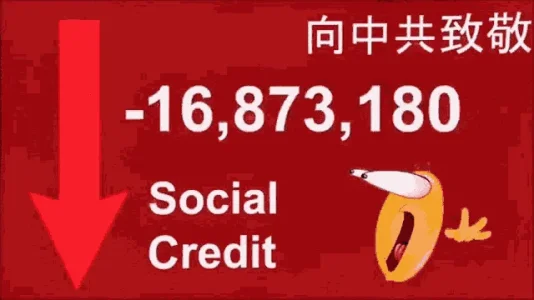Why the QUAD Is Not Taking Off
The QUAD is a defensive treaty aimed at limiting Chinese maneuverability in both the Pacific and Indian Oceans. Although China has built a substantial naval fleet, its quality and the competency of its naval crew are questionable. Nonetheless, this fleet provides significant intimidation capabilities. Most nations in the Indo-Pacific cannot match Chinese naval power, highlighting the need for a coalition to counter Chinese challenges from Japan to the Suez Canal.
The idea of the QUAD (Quadrilateral Security Dialogue) was conceived about twenty years ago. However, American business engagements with China from 1995 to 2015 kept the QUAD on the back burner. The situation changed with the arrival of a belligerent leader, Xi Jinping, who can be seen as a new reincarnation of Mao Zedong. Xi has maintained business relations with the US but has aggressively expanded China's maritime claims, including international shipping lanes in the Eastern Seas near China. He ordered a rapid buildup of the Chinese navy, sending a clear message to countries like Japan, Taiwan, Philippines, South Korea, Vietnam, Malaysia, Singapore, Thailand, and India: either submit to Chinese dictates or face consequences. This threat prompted the nations to strengthen the QUAD after its earlier false starts. It was Donald Trump who pushed the idea to fruition.
As a matter of fact, the QUAD is a strategic security dialogue between Australia, India, Japan, and the United States, aimed at safeguarding sea security interests in the region. After President Donald Trump initiated it, President Joe Biden further advanced the initiative. Given China's belligerence towards Taiwan, a collective understanding became essential.
Early in his term, Joe Biden facilitated two significant dialogues among the four leaders: one was a face-to-face meeting, and the other was conducted electronically. However, the discussions were disrupted by the Ukraine war and later by the Middle East conflict, which shifted priorities. While Japan, Australia, and the U.S. aligned on most QUAD agenda items, India was hesitant to proceed further. The U.S. hoped India would sever ties with Russia and fully join the American-led group, but India resisted. Issues like India's purchase of cheap oil from Russia and its reluctance to support the U.S. in the Ukraine war remained unresolved. Additionally, China formed a security agreement with Russia, the details of which are unknown, despite their historical animosity. China needed a powerful ally in the Pacific, and in return, it supported Russia in the Ukraine war.
Given these changes, there is a need to revisit the QUAD's objectives. After some delay, the QUAD Foreign Ministers met on July 29th in Tokyo to resume their work. However, with the upcoming U.S. elections, the strategic dialogue may face further delays.
Meanwhile, India has been actively policing the seas from the Suez Canal to Singapore. With over eleven naval ships in the Western Indian Ocean, India has dealt with hijacking, provided aid to distressed ships, and more. This work is commendable and highly appreciated.


 , certain of it .
, certain of it .